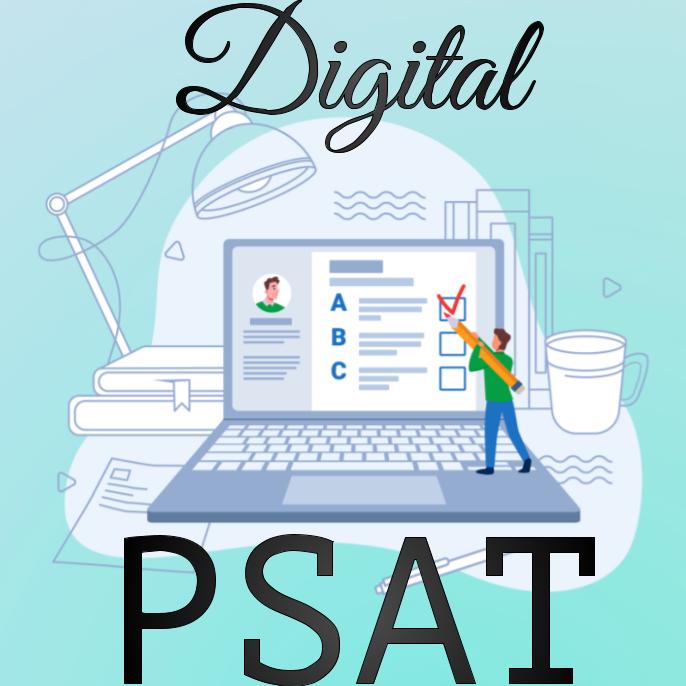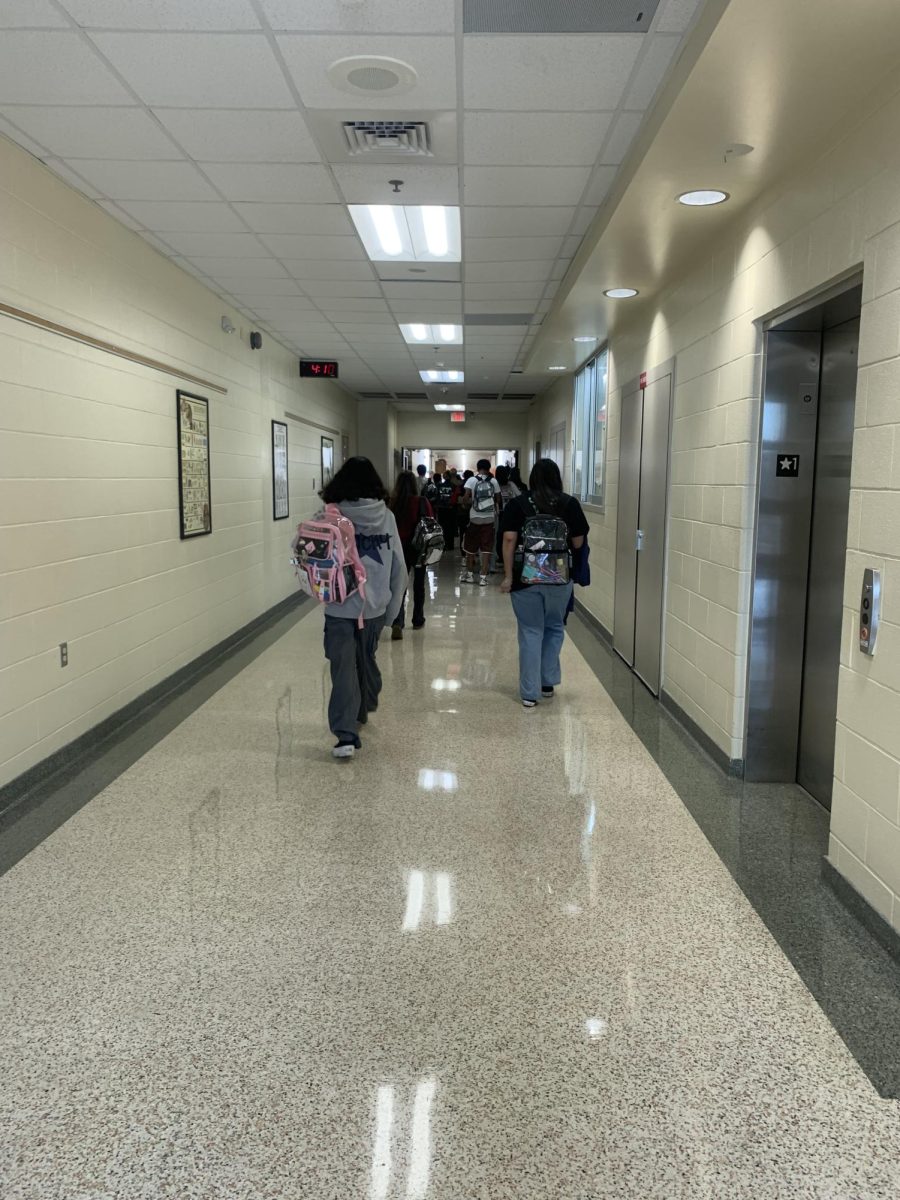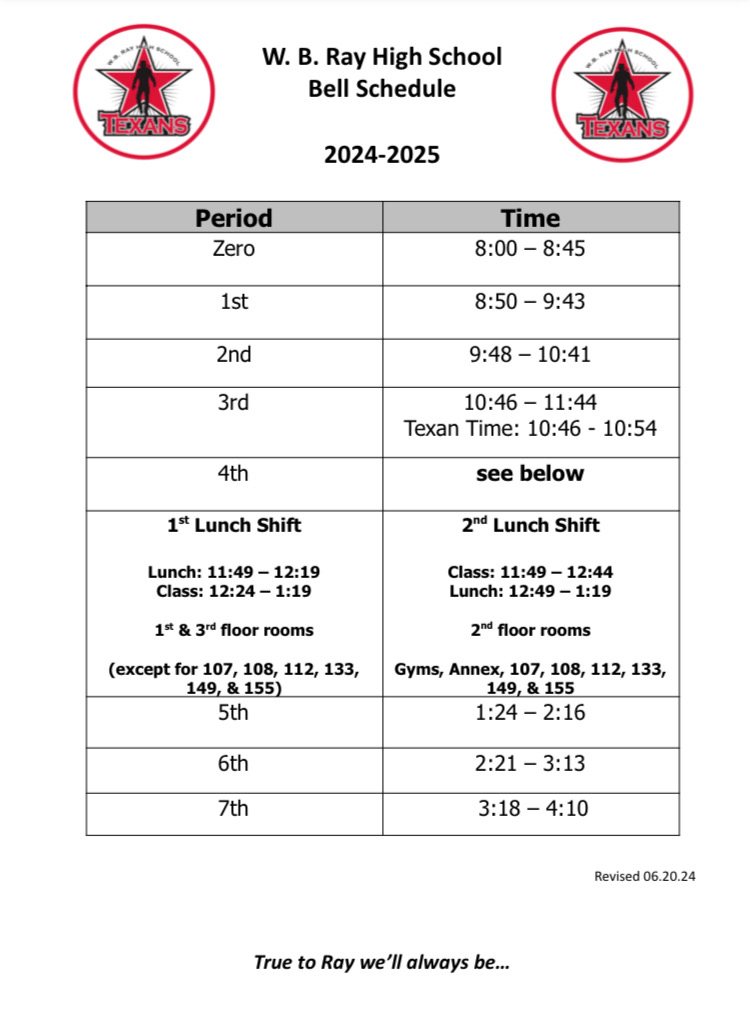Tomorrow, October 23, is PSAT day! An exam that is good practice for freshman and sophomores and has the potential to provide scholarships to juniors, the PSAT is an important exam, and the entire school will be changing its schedule in honor of it. Here is the general outline for tomorrow:
- Whether you are testing or not, you will not be in your usual classes from 8:50 am to approximately 1:30 pm.
- Lunch will be 30 minutes, and there are two lunch groups:
- Non-testers: 12:05 to 12:35
- Testers: 1:00 to 1:30
- You can find your room by putting in your ID number here
- Everyone has 5th, 6th, and 7th after testing
- 5th is from 1:35 to 2:16 (41 minutes)
- 6th is from 2:21 to 3:13 (52 minutes)
- 7th is from 3:18 to 4:10 (52 minutes)
- Seniors:
- Panoramic picture 9:30 to 11:00
- Senior meeting 11:00 to 12:00
- CPR (seniors that have not done CPR) 12:40 to 1:40
- Freshmen
- Various rotations between CPR, Naviance, and Senate Bill 30 from 9:00 to 1:40.
Good luck to all our testers!! To all our non-testers, please try not to skip school 🙂
Differences between the new PSAT and the old PSAT:
The digital PSAT is an adaptive test with two modules. The better you do on Module 1, the harder questions you get on Module 2. As questions have different weights, having harder questions on Module 2 is in your best interest even though it will be more challenging. The old PSAT was not adaptive (paper exams rarely are).
Rather than the traditional four sections of Reading, Writing, Math (no calculator), and Math (calculator), the digital PSAT has two sections: Reading & Writing and Math. You can use a calculator throughout both modules of the math section. Here is a breakdown of the timings and questions for the two sections:
- Reading & Writing
- Module 1: 32 minutes, 27 questions
- Module 2: 32 minutes, 27 questions
- More difficult if you get over 70% accuracy on Module 1, easier if you get below 70% accuracy on Module 1
- Math
- Module 1: 35 minutes, 22 questions
- Module 2: 35 minutes, 22 questions
- More difficult if you get over 60% accuracy on Module 1, easier if you get below 60% accuracy on Module 1
Ms. Whitmore’s take on online PSAT testing:
The main fears from students and teachers alike stem from a “fear of the unknown.” She elaborates that “it’s the first time, and we don’t know the issues that may arise with technology.” Additionally, she believes that an online PSAT will make cheating more difficult, as students literally cannot go back to different sections.












